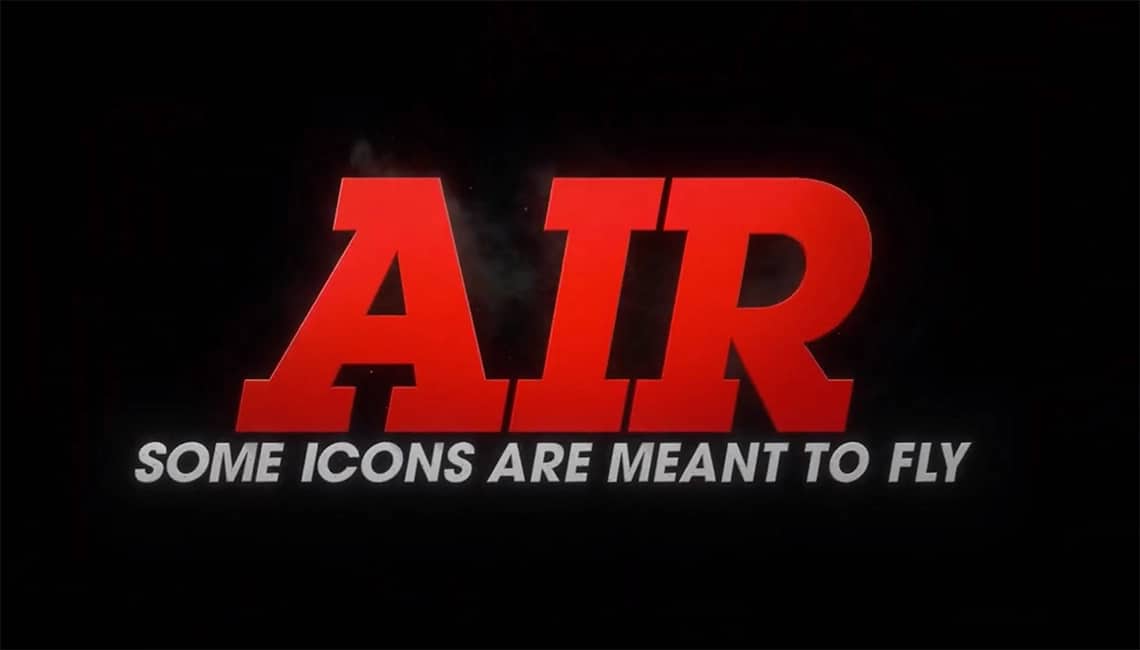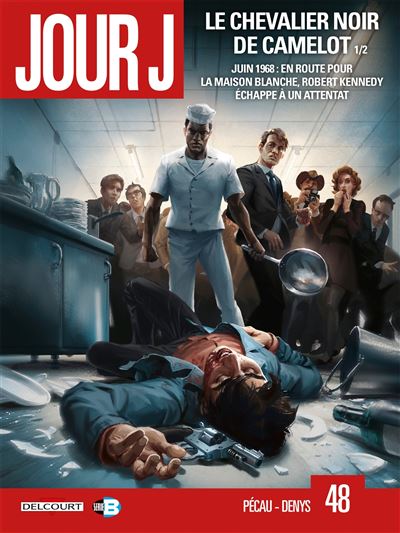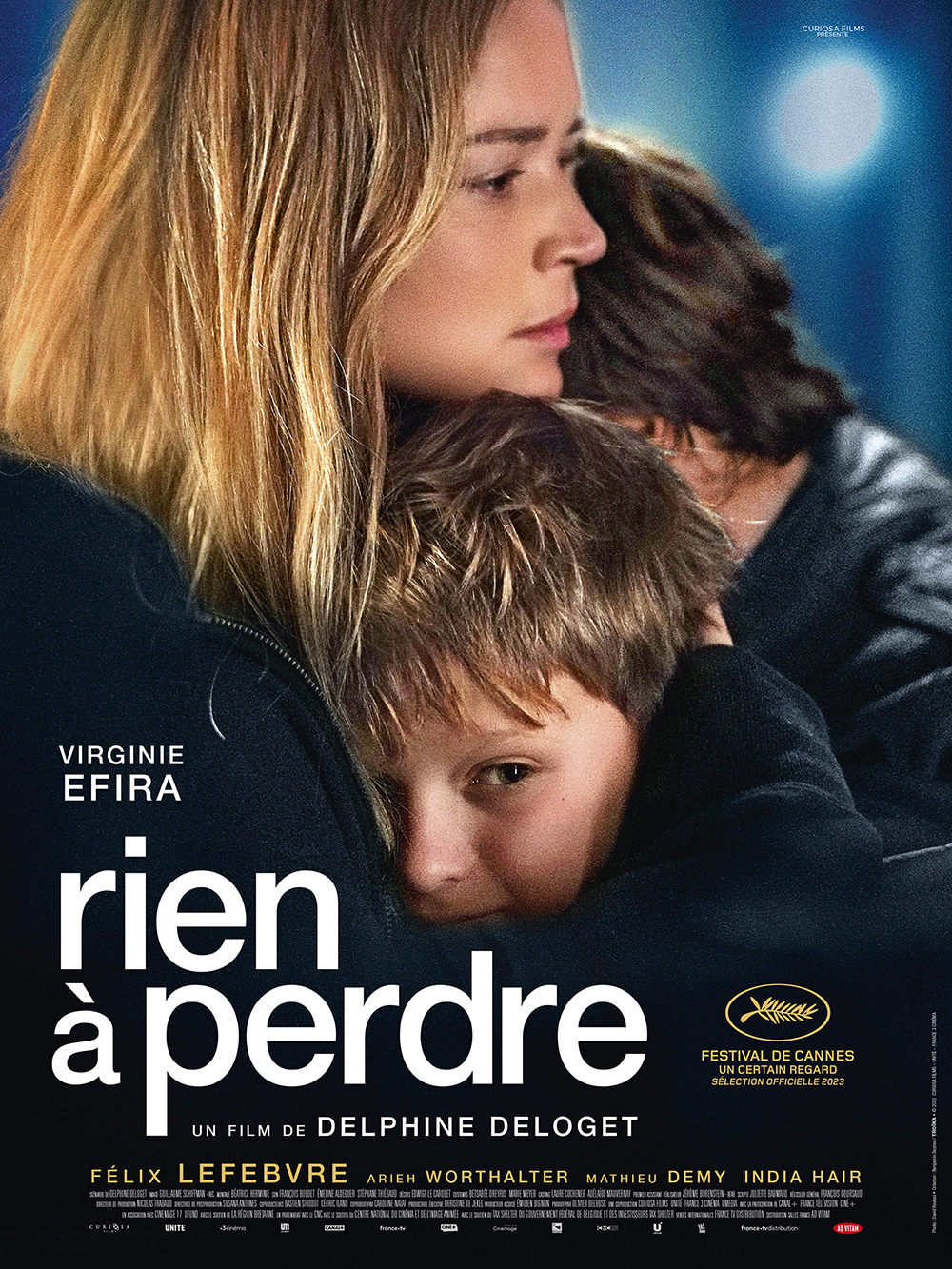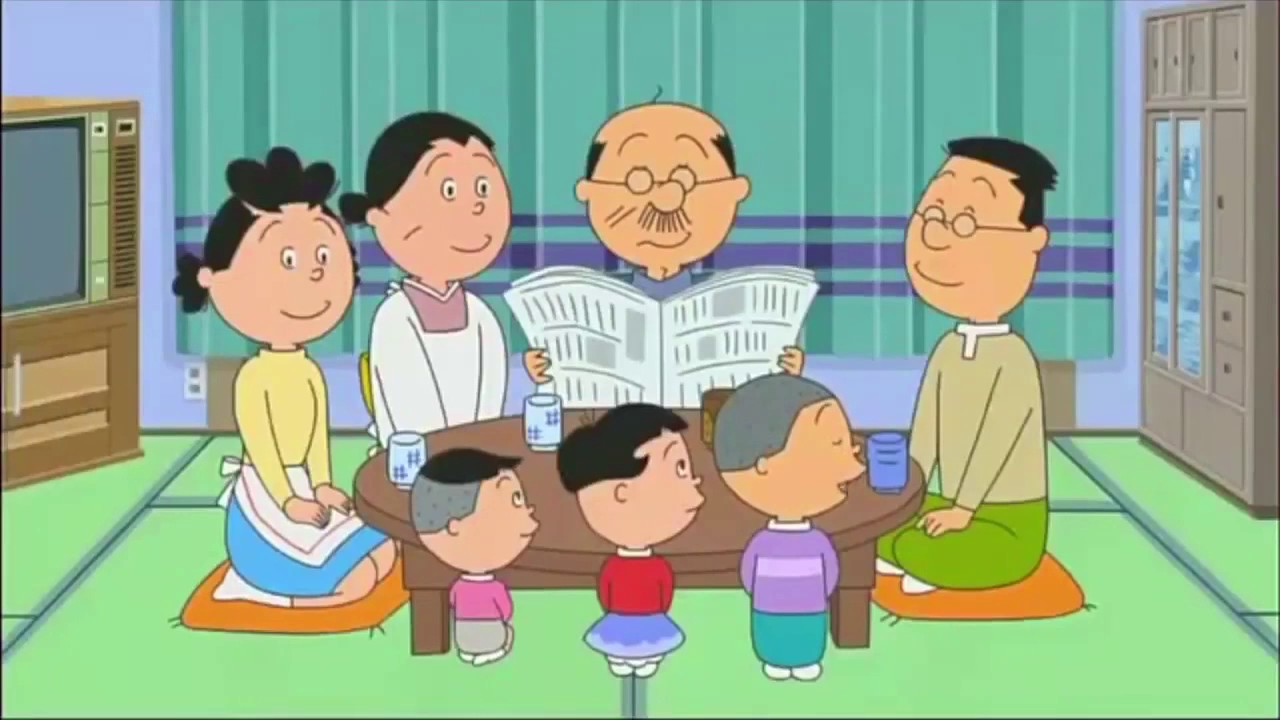After an article on the career of the most famous bellhop, JustFocus discovers here behind the scenes illustrated by François Ayroles in Moments clés du journal de Spirou published by Dupuis.
A comic strip about comics?
François Ayroles, already author of 3 volumes on the history of comics, retraces here some significant episodes in the history of the Belgian newspaper Spirou. More than a comic book, it is more of an illustrated book. By illustrating the pages on the right, he plays ping-pong with the text: the arrival of Rob Vel becomes the image of a Gestapo kidnapping. François Ayroles does not seem to choose the dates or even write the text. Although tensions within the editorial staff and the lack of women are highlighted, the text remains consensual. We must not look for scandals here but a discovery of another world: the life of a comic book newspaper.

Office life
The reader discovers the life of the newspaper, the creation of the character of Spirou. The creation of the famous character becomes the autobiographical account of Rob Vel as a bellhop. The story talks about office life but also about stylistic evolution. Different styles were opposed in Belgium between the school of Brussels – serious and formalist – with Hergé and Jacobs against Marcinelle school – funnier – at Spirou. Unknown authors reappear as Rob Vel's wife.
The newspaper is not a closed world but it is artistically open to the comics industry – Superman is published by Spirou. Politically, Spirou is also concerned with the world. The most interesting period of the book is that of the Second World War because the newspaper has to undergo rationing, the arrest of Jijé, refuses to collaborate and finally is banned in September 1943. In the 1950s, the emergence of the consumer society was reflected in the production of statuettes and derived products.
We go behind the scenes. Sequential art in the 40s and 50s is very framed by the weight of Catholicism with a director of conscience. The Dupuis family created a readers' club, puppet shows and even summer camps. The story is, before 1945, centered on the Dupuis family but we discover the central role of Jijé. He is a prolific cartoonist, the tutor of the cartoonist Will at 16, the trainer of Franquin… After 1945, we realize that the newspaper hosted the classic generation of the Franco-Belgian school: Franquin, Will, Morris, Charlier and Tilieux …

Less madness and more industry
Over the course of the book, the newspaper and the comic changed with new generations of artists after 1968. These young wolves rebel and shake up the newspaper by refusing the old constraints. We feel that modernity is rather in France at Pilote but there are still mythical series like Yoko Tsuno, Sammy and Jack … Franquin and Delporte tried to awaken the sleeping newspaper by creating at Dupuis the more modern supplement of the Trombone illustré. These 30 issues divide the editorial staff. They bring Moebius or Gotlib. We rediscover the 80s with the place of Yann and Conrad – Hauts de page then Unnommables.
Dupuis offers us a superb editing job with a beautiful grainy cover and a beautiful interior composition.
Closing this volume, we are impressed to discover the history of a whole section of comics within a single newspaper. But be careful with your budget! All these discoveries make you want to reread or buy comic book trucks.






































